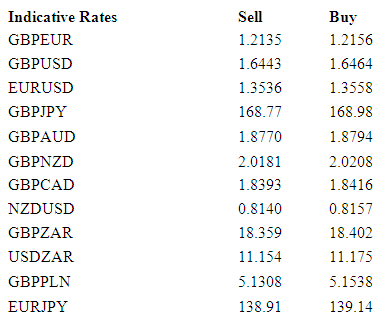Yesterday’s US GDP number was a lesson in looking through the internals of a data release. The headline number of 3.2% annualised was as expected but the components that drove that growth are up for disagreement. Personal consumption, the element that measures consumer spending, was 3.3% higher on the quarter. This was the highest level since the crisis began but missed expectations of a 3.7% increase. Combine that with an inventory increase of $127.2bn, the highest since 1998, and a trade increase not seen in a similar time frame and you’d have to start doubting the sustainability of this growth.
3.2% annualised is the equivalent to 0.8% QoQ – the strongest in the G10 – and you’d have to think that without the government shutdown at the beginning of the quarter, the GDP release would have begun with the number 4. As it stands we are in that uneasy place between strong, confident data and data that provokes a response by the Federal Reserve. The recovery is very uneasy.
News from the emerging markets was thin on the ground yesterday. We know that dips are going to come as investor take profits on trades that have moved close on 5% in a week; today may just be the day that traders ease emerging market risk off the leash happy with their fill. That being said the USD has kept its head up despite that GDP number and looks like it wants more.
German CPI missed expectations of a 1.5% gain on this time last year, only increasing by 1.3%. While this is nowhere close to deflationary circumstances, the miss against expectations alongside the general weakness of the Eurozone gives us longer term cause for concern.
The Eurozone’s strongly positive current account surplus has allowed the region to continue to attract investment while deflation fears have brought in yields on sovereign debt, all but eliminating credit risk. The overall feeling we have for the Eurozone is that expectations have been put so low that to miss them, the central bank would have to set the continent on fire – beating expectations leads to a resilient currency. We are expecting to see the ECB sit on its hands at its meeting next Thursday.
Today’s UK consumer confidence number has shown that confidence has increased to the highest level since September 2007. The component that measures respondent’s beliefs about the strength of the UK economy moved to +2; a positive number has only been achieved in 6 monthly readings since the beginning of the financial crisis. Confidence is contagious; we hope it can continue.
US data comes in the form of personal income numbers at 13.30 and consumer confidence from the University of Michigan at 14.55. We have a feeling that both will confirm an atmosphere of USD strength into the weekend.

